Introduction
In the realm of traditional Chinese cuisine, soups hold a revered place as both culinary delights and therapeutic elixirs. Among these, Cha Shu Gu Wu Hua Guo Lao Ya Tang (茶树菇无花果老鸭汤)—a harmonious blend of tea tree mushrooms, dried figs, and aged duck—stands as a testament to the art of balancing flavor and wellness. This soup, rooted in the principles of yangsheng (nourishing life), is cherished for its ability to fortify the body, moisten the lungs, and invigorate the spirit. Often consumed during seasonal transitions or periods of convalescence, it embodies the philosophy that food is medicine. This article will guide you through the intricate process of crafting this timeless dish, from selecting the finest ingredients to mastering the simmering techniques that unlock its depth of flavor.
The Cultural and Culinary Significance
Aged duck, or lao ya (老鸭), is prized in Chinese gastronomy for its robust flavor and perceived health benefits. Unlike younger ducks, which are fattier and more suited for roasting, aged ducks (typically over one year old) have leaner meat that becomes tender and flavorful after prolonged simmering. Paired with tea tree mushrooms (Cha Shu Gu), known for their earthy aroma and immune-boosting properties, and dried figs (Wu Hua Guo), which impart natural sweetness and digestive aids, this soup becomes a symphony of textures and tastes. The broth, rich yet clarified, is believed to nourish yin (the body’s cooling energy), making it ideal for counteracting dryness or fatigue.
Ingredients: Assembling the Building Blocks
To recreate this soup authentically, gather the following ingredients, ensuring each component meets the standards of quality and freshness:
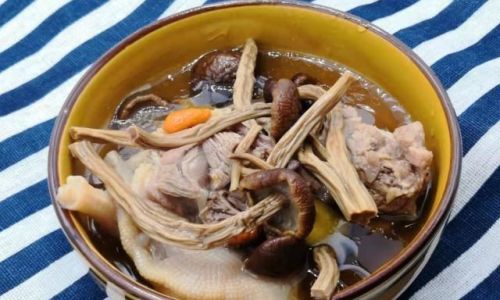
-
Aged Duck (1 whole, approximately 1.5–2 kg):
Opt for a duck with mature plumage and firm, unbruised skin. If unavailable, substitute with a free-range chicken, though the flavor profile will differ.
-
Dried Tea Tree Mushrooms (50g):
These slender, tan-colored mushrooms are sold dried in Asian markets. Look for intact caps without excessive crumbling.
-
Dried Figs (10–12 pieces):
Choose plump, unblemished figs with a deep amber hue. Their natural sugars will caramelize during cooking, enriching the broth.
-
Fresh Ginger (30g, sliced):
A staple in Chinese soups, ginger imparts warmth and neutralizes the duck’s inherent gaminess.
-
Shaoxing Wine (2 tbsp):
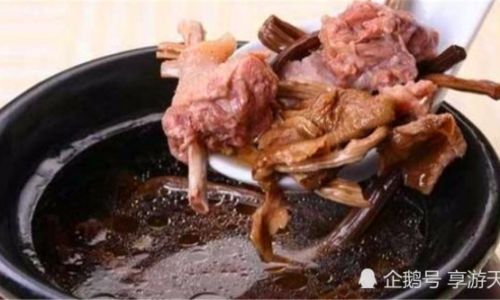
This rice wine adds complexity; substitute with dry sherry if necessary.
-
Rock Sugar (1 tbsp, optional):
Used to balance the soup’s earthiness without overwhelming it.
-
Salt (to taste):
Preferably sea salt or Himalayan pink salt for mineral richness.
-
Water (3 liters):
Use filtered water to avoid impurities affecting the broth’s clarity.
Preparation: The Ritual of Cleaning and Soaking
-
Cleaning the Duck:
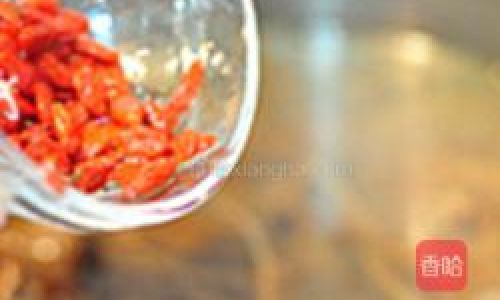
- Rinse the duck under cold water, paying special attention to the cavity. Remove any residual feathers or glandular tissue near the tail.
- Pat dry with paper towels. For a cleaner broth, some cooks blanch the duck in boiling water for 2–3 minutes to remove surface impurities. This step is optional but recommended for a pristine finish.
-
Rehydrating the Mushrooms:
- Place the dried tea tree mushrooms in a heatproof bowl. Cover with boiling water and soak for 20–30 minutes until pliable.
- Drain, reserving the soaking liquid (strain it to remove sediment). Trim tough stems and slice larger mushrooms in half.
-
Preparing the Figs:
Rinse the dried figs gently. If they are overly dry, soak them in warm water for 10 minutes to plump them slightly.
Cooking Process: The Alchemy of Simmering
-
Searing the Duck (Optional but Recommended):
- Heat 1 tbsp of neutral oil (e.g., peanut or vegetable oil) in a large stockpot over medium-high heat.
- Sear the duck on all sides until golden brown (5–7 minutes). This step caramelizes the skin, deepening the broth’s flavor.
-
Deglazing and Initial Simmer:
- Remove the duck from the pot. Add the sliced ginger and stir-fry for 30 seconds until fragrant.
- Deglaze the pot with Shaoxing wine, scraping up any browned bits. Return the duck to the pot and pour in the water.
- Bring to a rolling boil, then immediately reduce the heat to a gentle simmer. Skim off any foam or impurities that rise to the surface.
-
Infusing the Broth:
- Add the rehydrated tea tree mushrooms (and their strained soaking liquid) to the pot.
- Maintain a bare simmer, uncovered, for 1.5 hours. The long cooking time melts the duck’s connective tissues, yielding a velvety broth.
-
Incorporating the Figs:
- After 1.5 hours, add the dried figs and rock sugar (if using). Continue simmering for an additional 30–45 minutes.
- The figs will soften and release their sweetness, while the duck meat should be tender enough to pull from the bone.
-
Final Seasoning:

- Taste the broth and adjust with salt. Avoid over-salting, as the flavors will concentrate as the soup cools.
- For a clearer broth, strain it through a fine-mesh sieve, discarding solids. However, traditional preparations often retain the mushrooms and figs for texture.
Serving Suggestions: Elevating the Experience
-
Presentation:
- Ladle the soup into pre-warmed bowls, ensuring each portion includes a drumstick, wings, and ample mushrooms and figs.
- Garnish with a sprinkle of chopped cilantro or thinly sliced scallions for a hint of freshness.
-
Accompaniments:
- Serve with steamed jasmine rice, hand-pulled noodles, or a side of pickled vegetables to balance the richness.
- Pair with a mild green tea, such as Longjing, to cleanse the palate between spoonfuls.
Storage and Reheating: Preserving Flavor
- Refrigeration: Allow the soup to cool completely before transferring to airtight containers. It will keep for 3–4 days.
- Freezing: Portion into freezer-safe bags, lying flat to freeze. Thaw overnight in the refrigerator before reheating.
- Reheating: Gently warm on the stovetop over low heat, stirring occasionally to prevent scorching.
Variations and Substitutions: Adapting to Availability
-
Protein Swaps:
Replace the duck with chicken (use an older hen for deeper flavor) or pork ribs for a milder broth.
-
Mushroom Alternatives:
If tea tree mushrooms are unavailable, use dried shiitake or porcini mushrooms. Adjust soaking times accordingly.

-
Sweetness Modifications:
For a vegan twist, omit the duck and use kombu (kelp) and dried mushrooms for umami. Add a small sweet potato for natural sweetness.
The Science Behind the Simmer: Why Time Matters
Prolonged simmering is non-negotiable in this recipe. The collagen-rich connective tissues of the aged duck break down into gelatin, thickening the broth and imparting a luxurious mouthfeel. Similarly, the mushrooms’ polysaccharides and figs’ soluble fibers dissolve slowly, creating a broth that coats the throat and nourishes the gut.
Troubleshooting Common Pitfalls
- Cloudy Broth: Ensure the initial boil is vigorous to agitate impurities, which can then be skimmed. Avoid stirring the soup excessively during cooking.
- Bitter Aftertaste: If the duck’s skin is overly fatty, trim excess fat before cooking. Rinse the duck thoroughly to remove blood residue.
- Lack of Depth: Roast the duck bones separately before simmering for an added layer of complexity.
Cultural Context: More Than Just a Meal
In Chinese households, this soup is often prepared during autumn and winter as a preventative measure against seasonal colds. It is also served to new mothers, as the duck’s protein and figs’ iron content are believed to aid recovery. The act of sharing this soup around a table fosters connection, with each spoonful symbolizing care and continuity.
Conclusion: A Bowl of Heritage
The Tea Tree Mushroom, Fig, and Aged Duck Soup is more than a dish—it is a legacy encapsulated in liquid form. Its preparation demands patience and attention, qualities that mirror the care invested in nurturing health and relationships. Whether enjoyed as a remedy for chilly evenings or a centerpiece for family gatherings, this soup embodies the timeless intersection of cuisine and culture. As you simmer your first pot, remember that each bubble rising to the surface carries with it centuries of tradition, waiting to be savored.
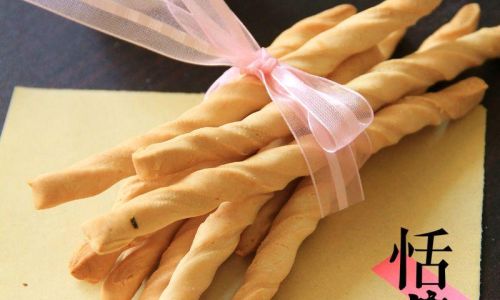

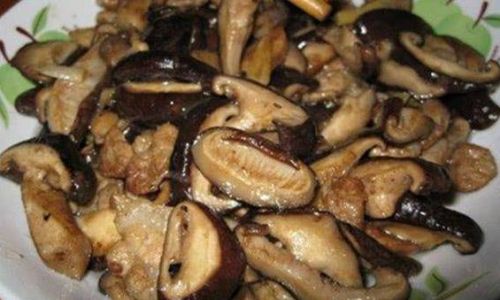
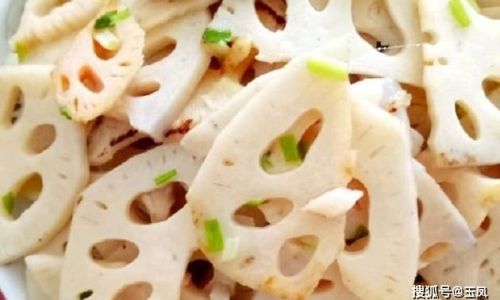
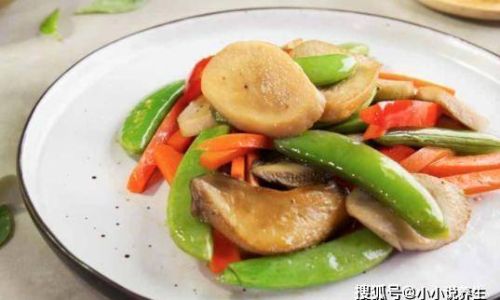
0 comments